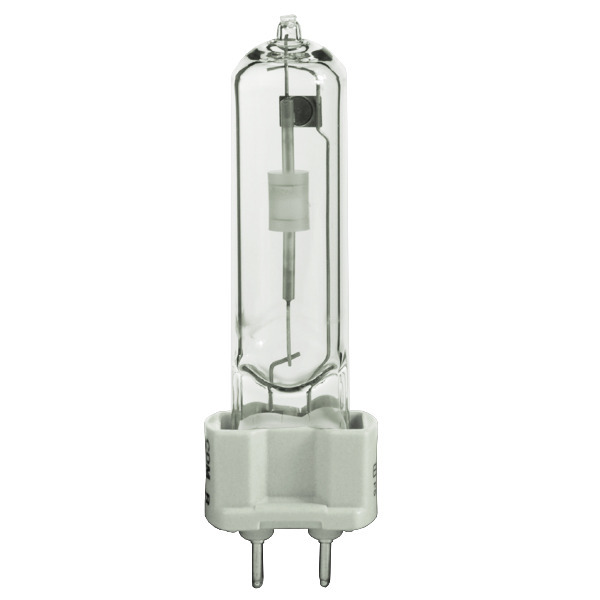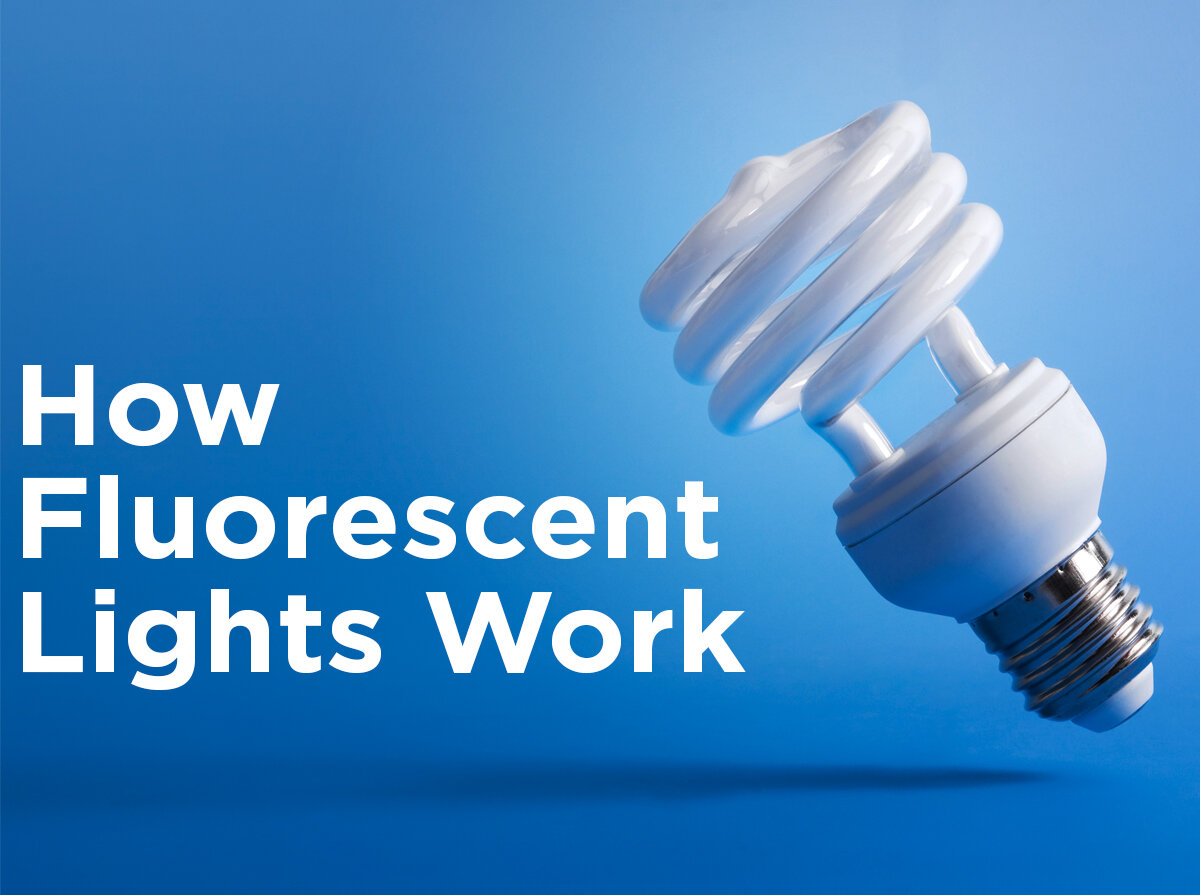How HID Lamps Work – Part 2
The HID category is unique in that each evolution of the lamp doesn’t necessarily override its predecessor. In our first post about HID lamps, we covered its beginnings with mercury vapor which led to the development of sodium lamps and the reigning street light of today, the high pressure sodium lamp. Part two of our HID post outlines the workings, advantages, and disadvantages of both types of metal halide lamps, HID’s latest progression.
Metal Halide - A metal halide (MH) lamp is essentially the mercury vapor lamp with some improvements. It’s still a gas discharge lamp and the electric arc is sent through vaporized mercury inside the inner glass tube to produce light. However, other metals known as halide salts are included along with the mercury vapor to improve the color of the light. A halide is a compound of a negatively-ionized halogen that is often bromine or iodine, and a more positively-ionized metal, commonly silver. The halides in a MH lamp make the light a more pure white color than HPS lamps. Although more expensive to buy, the corrected light more accurately displays color and is used in places where color rendering (CRI) matters. You can find MH lamps in locations like television or film sets, sports fields or stadiums, car headlights (factory-installed and not conversion kits), flood lights, and in greenhouses to grow plants.
Probe Start vs. Pulse Start
MH lamps are listed as probe start like older mercury vapor lamps or pulse start like HPS lamps. Not to be confused with how ballasts work, these start methods instead refer to how the lamps operate. Traditional metal halides are probe start lamps. The outer bulb’s borosilicate glass (aka Pyrex) casing protects a fused quartz inner arc tube which contains 3 electrodes. Two of the electrodes are positioned across from each other to maintain continuously operating arc of electricity. The third electrode (i.e. the “probe”) is only used for starting the lamp and sits next to one of the operating electrodes creating a small gap. When electricity is applied, a discharge sparks across the gap causing electrons to jump from one operating electrode to the other. After jumpstarting the arc, the starting electrode has a bimetal switch which lifts and removes it from the circuit.
Pulse start metal halide lamps skip the starting electrode and have a high voltage ignitor. The ignitor, alongside the ballast, uses pulses of electricity to start (i.e. “pulse start”) the lamp. Pulse start lamps are preferred over traditional MH lamps because the removal of the starter electrode increases the lamp life and reduces lumen depreciation, meaning your light will stay brighter longer.
Ceramic Metal Halide – Ceramic discharge metal halide (CDM) lamps or also known as ceramic metal halide (CMH) lamps are MH lamps with one key difference in their inner arc tubes. MH lamps use fused quartz inner arc tubes to prevent the high pressure and temperature of the light from destroying the glass. CDM lamps use a smaller ceramic tube made of sintered alumina, a special aluminum oxide. Some manufacturers state that because ceramic arc tubes allow for higher temperatures, it results in better efficacy, color rendering, and color stability. What we do know is CDM arc tubes are often 10 to 20% more efficient than the traditional quartz MH arc tubes. This latest addition to the HID family also has one of the highest CRIs, ranging from an acceptable 80 to a near-perfect 96. The consistency and efficiency of CDM lamps along with their strictly pulse start functionality has made them popular indoor grow lights in addition to the typical applications one might use a standard MH lamp for.
Do you need help choosing the right HID lamp for your lighting project? If you call 1-800-624-4488, we have 50 dedicated experts ready to find the easiest and most effective lighting solution for you. Our next post will get physical, meaning we’re covering the physics of LEDs and their unusual light.









